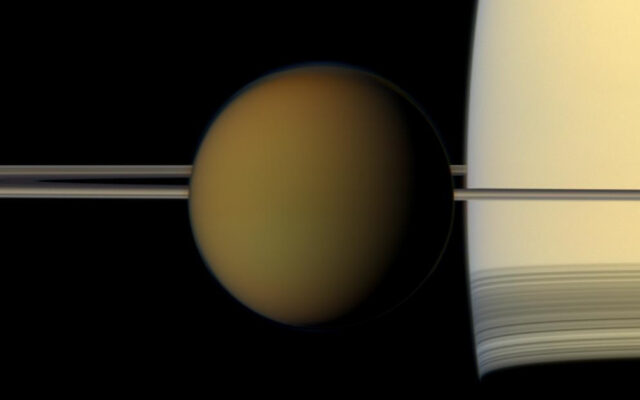
What to look for in Maine’s sky on the longest nights of the year
By Troy R. Bennett, Bangor Daily News Staff
PORTLAND, Maine — With fewer than nine hours of daylight falling on the state each day of this week, we’re approaching the longest night of the year, or the winter solstice.
That night between Dec. 21 and 22 will last just over 14 hours, give or take a few minutes depending on your latitude in Maine. After that, the days will begin to lengthen again.
Instead of cursing the long nights, pining for summer or staring at your television screen until you pass out, get outside and look at the night sky. There’s plenty to see up there this month, including meteors, an asteroid and bright planets playing tag with the moon.
Here’s what to look for. But first, this is what makes the solstice, the solstice.
Astronomically speaking, Maine’s official winter solstice comes at 10:27 p.m. on Dec. 21. This is when Earth reaches the far end of its oval-shaped orbit around the sun, as far away from our star as we travel, every year. Also, Earth’s rotational axis is tilted at a 23.5-degree angle, so our Northern Hemisphere is leaned away from the sun, unlike its southern counterpart, where it is currently summer.
OK, now onto what to look for up there.
With a new moon and relatively dark skies this week, we’ve got an excellent chance to see the annual Geminid meteor shower. The Perseids usually get all the glory, being a warm, summertime meteor shower, but the Geminids are actually more intense. This year, they’re peaking Wednesday night into Thursday morning.
You can start looking for them as early as 9 p.m. but the number of brilliant streaks will increase every hour you manage to stay awake, warm and outdoors. The real show comes after midnight, so bundle up and bring a thermos of hot chocolate. Many of the meteors will appear to emanate from the constellation Gemini — that’s how the shower gets its name — but they could appear anywhere.
The Geminids are produced by burning space dust left over from an asteroid known as 3200 Phaethon. This makes the Geminids kind of special. Most meteor showers result from comet junk instead of asteroid crumbs.
On Dec. 17, just after dusk, the crescent moon will appear super close to Saturn in the southwest sky. If you have decent binoculars or a small telescope, you’ll be able to see Saturn’s giant moon Titan. It will look like a faint dot right next to the planet.
A few nights later, on the solstice, Jupiter will appear pretty close to an almost full moon in the southeast, just after sunset. Keep checking on them, and they’ll appear to glide next to each other, across the long night sky, for hours.
This month’s official full moon comes the day after Christmas, Dec. 26.
All month long, the asteroid Vesta will be at opposition, or directly on the opposite side of Earth from the Sun. That makes it as close, and as bright, as it will be all year. It’s still dim and tricky to spot, but there’s no better time this year to give it a shot.
You’ll need some dark skies, a good skywatching phone app and a pair of binoculars. The best time to look this week will be around midnight, when Vesta will appear quite high in the sky, somewhere between the constellation Orion’s outstretched right hand and Pollux’s foot in the constellation Gemini.
If you find Vesta, it will look a lot like a cosmic smudge. But you can see better pictures of it online. NASA’s Dawn spacecraft mapped the surface and captured some awesome snaps of it in 2011 and 2012. The mission also determined Vesta formed sometime during our solar system’s first couple million years.
Heinrich Wilhelm Olbers discovered Vesta in March 1807. It was the fourth asteroid anyone had discovered up to that point. Olbers let the German mathematician Carl Friedrich Gauss name his discovery. Gauss chose Vesta after the goddess of the hearth and household in Roman mythology.